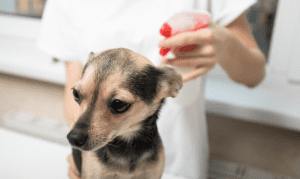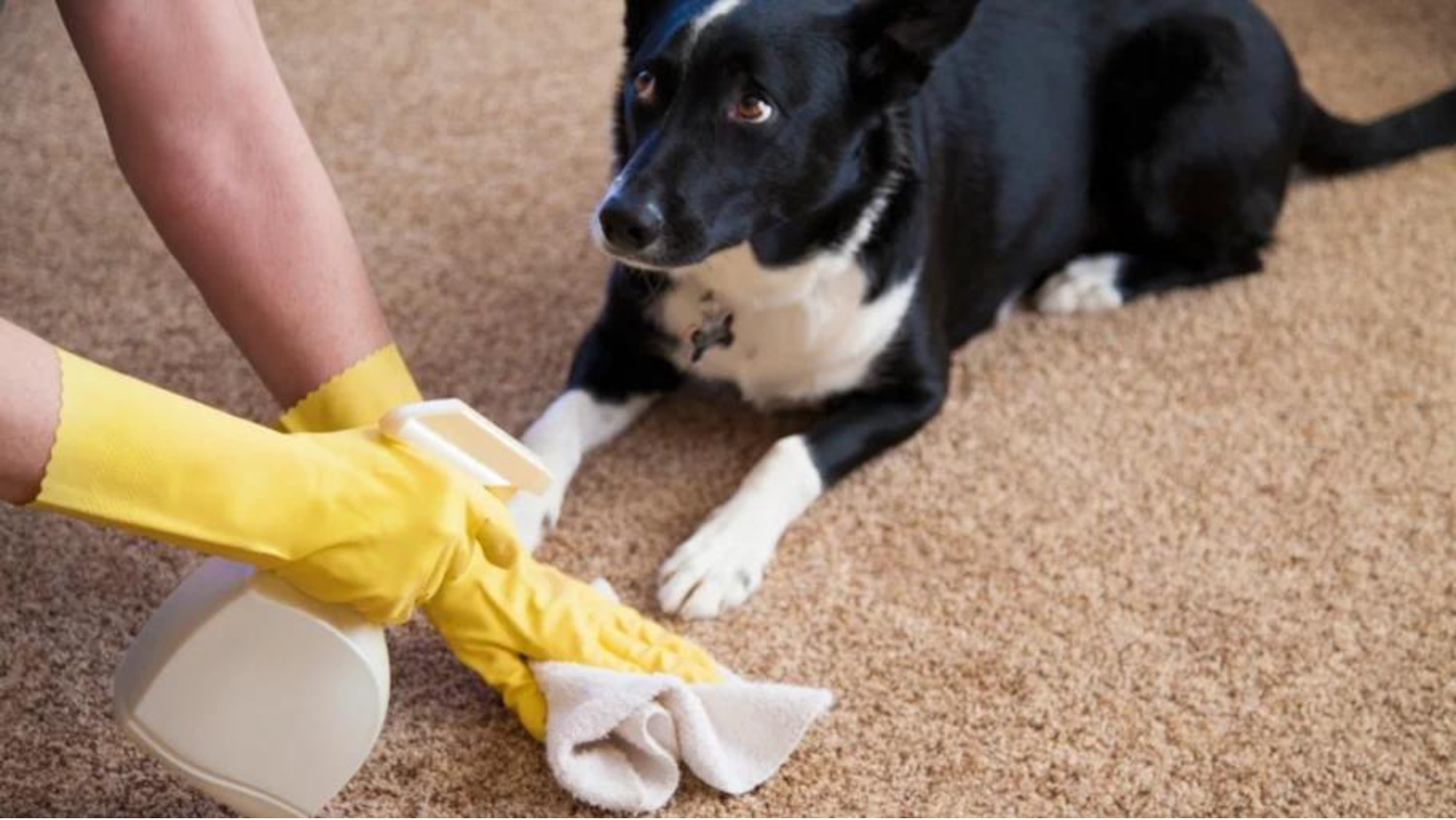How to get rid of Tick and Fleas in Pets


Fleas and ticks can be caught up at any time throughout the year. The risks are the same in the winter as they are in the spring and summer. This is particularly true given the fact that these insects can thrive in our homes. Fleas can be picked up both by dogs and cats that spend time outdoors. Dogs, on the other hand, spend more time outside than cats and are therefore more prone to ticks. Fleas and ticks can also enter houses on people’s clothing or through visiting pets. In this blog we will discuss how to get rid of tick and fleas in pets.
Fleas and ticks use your dog as both a home and a food supply. A flea that has settled on your dog will remain there until it is killed by a flea product or dies naturally. The adult tick, like the adult flea, will remain on your dog and eventually lay eggs while eating on your dog. Ticks, on the other hand, go through different life phases. Ticks will “molt” from one level to the next after leaving the host. In the nymph and adult phases, ticks transmit the foremost disease to canines and people. If your dog isn’t on a flea and tick preventative or adulticide (a treatment that kills fleas and ticks), your dog and maybe your home might acquire a significant infestation in as little as a week.
Fleas and ticks can cause a range of health problems for dogs if they are not prevented or treated, including:
- Irritation and inflammation of the skin
- Rashes and itchy, red skin
- Scabs and scales are two different things.
- Disease and infection transmission to you and your dog
- Constant scratching develops psychological problems.
Through stroking and having a living space with a host dog, fleas and ticks can also transmit disease to humans. This is why it’s so important to understand the health risks that fleas and ticks can cause. You must take precautions to avoid an infestation. Flea and tick infestations can be easily avoided with the correct approach and products. Our veterinarians can assist you in developing a flea and tick prevention regimen that is tailored to your specific needs and lifestyle.
Ticks on Dogs: How To Detect Them

Ticks are a widespread problem and a major concern for dog owners because they spend a lot of time outside. Fleas and ticks may be a major annoyance as well as a health risk for your dog if left untreated. Ticks rely on the blood of their hosts and utilize their small but strong teeth to securely attach themselves to the skin and tissue of dogs. Ticks can spread blood-borne infections because they infiltrate the bloodstream. Tick larvae and nymphs are quite small and can easily be overlooked. Most people can see the adult tick, which is around 3mm long and visible. The larvae and nymphs are about half the size of the adult and are difficult to differentiate.
Tick bites create welts and bruises on dogs in the area of the bite. It’s also not uncommon for the tick to remain attached. Ticks on dogs can be treated in a variety of ways, including:
- Oral Medications
- Spot-On Treatments
If you detect a tick infestation, we strongly advise you to see your doctor at your next appointment. Although there are a variety of tick treatments for dogs, it is critical to ensure that the approach you choose is both safe and successful.
How To Detect If Your Dog Has Fleas
Fleas are irritating, and they will make your dog scratch a lot. The itching can be insatiable if your dog is allergic to flea saliva. Skin infections can result from excessive scratching, and fleas on dogs can carry a variety of diseases. Because fleas are just about 1-2 millimeters long, they might be difficult to detect, but there are lots of techniques to check for fleas on your dog, including:
- Check your dog’s neck, tummy, or hindquarters for red, irritated skin.
- To get a good look at your dog’s skin, comb his or her hair from back to front. Flea combs are sold in pet stores, but any fine-toothed comb will be enough.
- Fleas can be reddish-brown in hue.
- The black particles of material are most likely flea feces, sometimes known as ‘flea mud.’
- It’s most likely a flea if you observe a moving speck.
- Although you can spot fleas on dogs at home if you detect a flea infestation, please contact us at once to make an appointment. Our veterinarians are experts in determining whether or not your dog has fleas or ticks.
Flea and tick treatments for dogs:

Flea collars, sprays, powders, and shampoos were the backbone of flea management many years ago. These products are more harmful and ineffective than most of what we now advise. As a result, we do not suggest any of these items. Medicated shampoos, on the other hand, can be very useful in treating secondary skin diseases that your dog may have gotten as a result of flea infestation.
The following are some of the current flea and tick treatments for dogs:
- Oral Tablets: These are an excellent alternative for both flea and tick prevention and treatment, and they are safe for both your dog and your family. Only your veterinarian can provide oral medications to treat fleas and ticks.
- Flea Treatments for Spots: There are a variety of spot-on flea treatments available, each with a varied level of potency and application range. We’ll assist you in selecting the most effective spot-on flea and tick treatment for your dog at your next veterinarian consultation.
Flea and Tick Prevention for Dogs: Our Recommendations
- Bravecto is a flea and tick prevention chewable tablet for dogs and puppies aged 6 months and up who weigh at least 4.4 pounds.
- Fiprofort Plus– Prevent the development of flea eggs, larvae, and pupae of adult fleas for up to three months after treatment.
- WAHL Flea & Tick Dog Shampoo– Wahl flea and tick defense formula shampoo naturally repels fleas and ticks for up to one week without the use of toxic chemicals.
- Ridd Anti-Tick and Flea Solution– Brings ridd to help your dog get rid of all kinds of parasites and heal the damage over the skin which occurs due to their infestation.
Make an appointment for your dog’s flea and tick treatment now.
If you feel your dog is infested with fleas or ticks, we recommend making an appointment with your veterinarian right once. Our veterinarians have a lot of expertise in treating pets for fleas and ticks. We understand how terrifying and overwhelming flea and tick infestations can be but be assured that they are manageable.





